Career prosperity is no accident...you can build it.
Sometimes choosing a career can feel like getting pulled in a thousand different directions. Use the Build Iowa Career Center as a guide to help you explore the possibilities.
Sometimes choosing a career can feel like getting pulled in a thousand different directions. Use the Build Iowa Career Center as a guide to help you explore the possibilities.
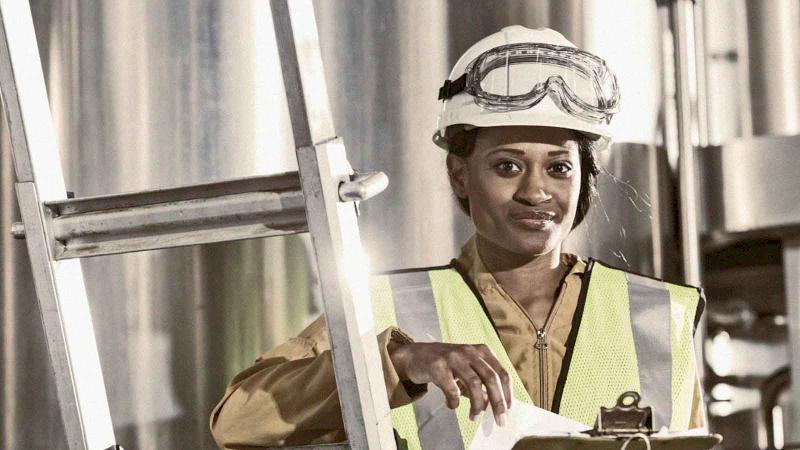
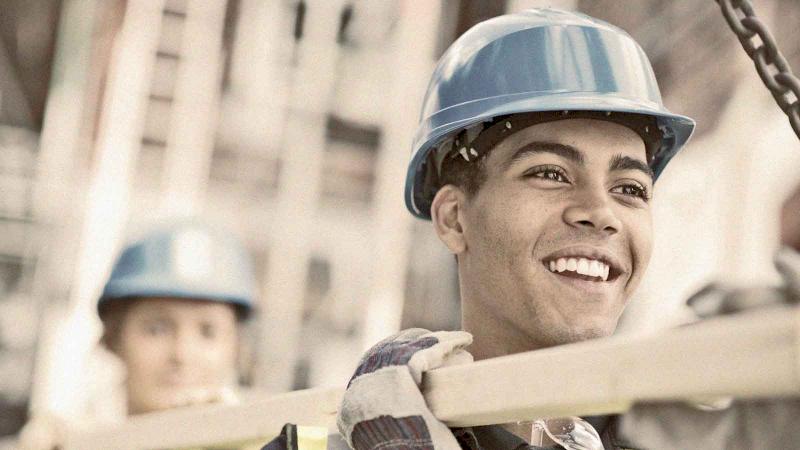
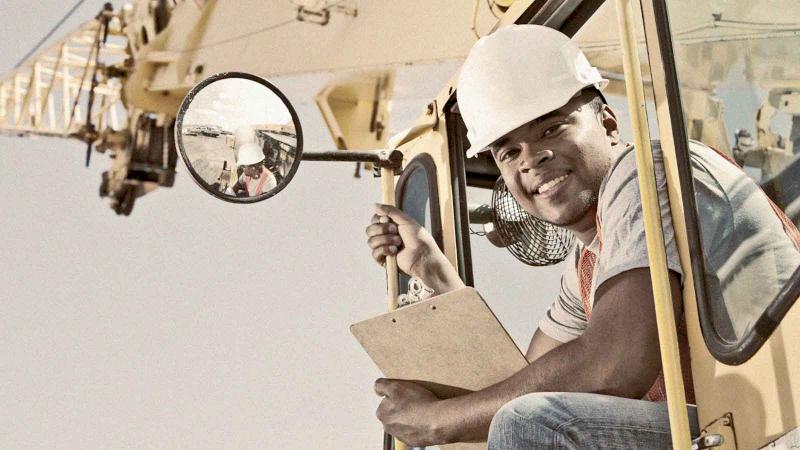
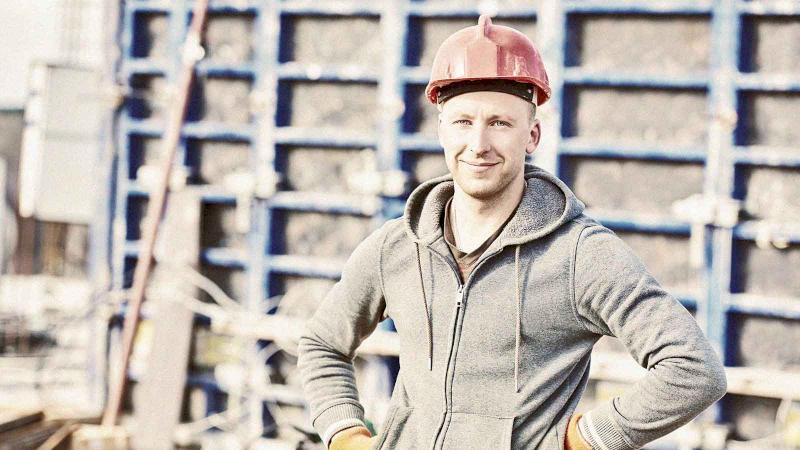


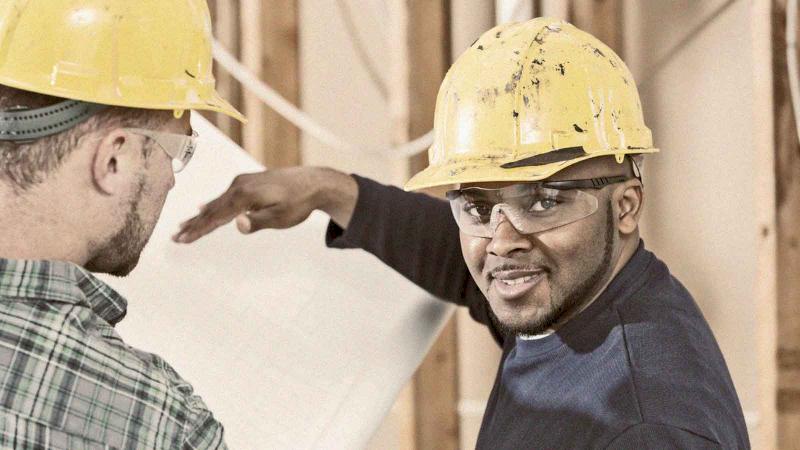
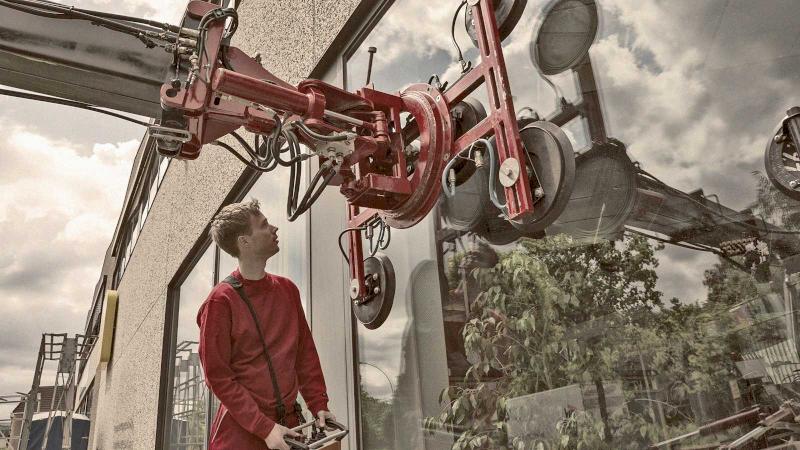
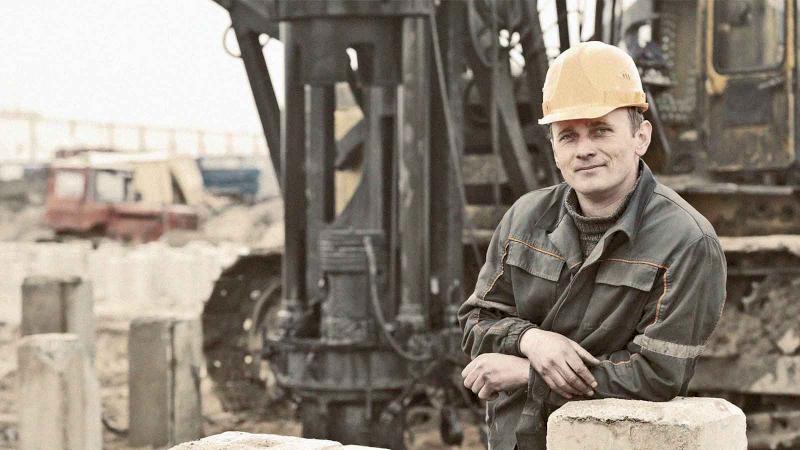
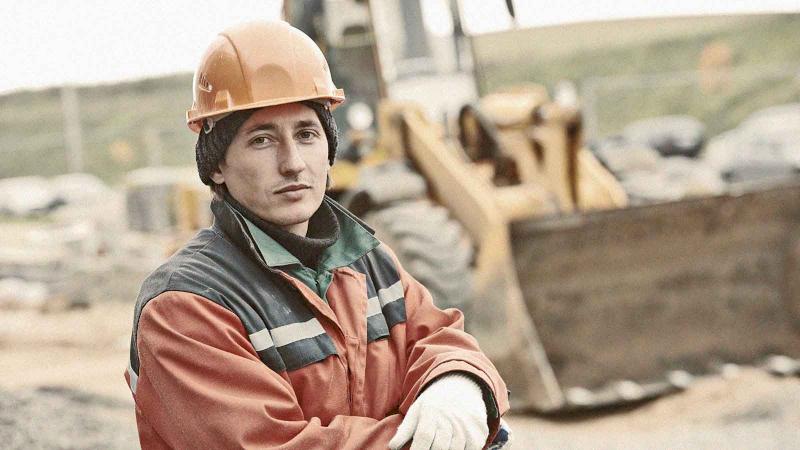
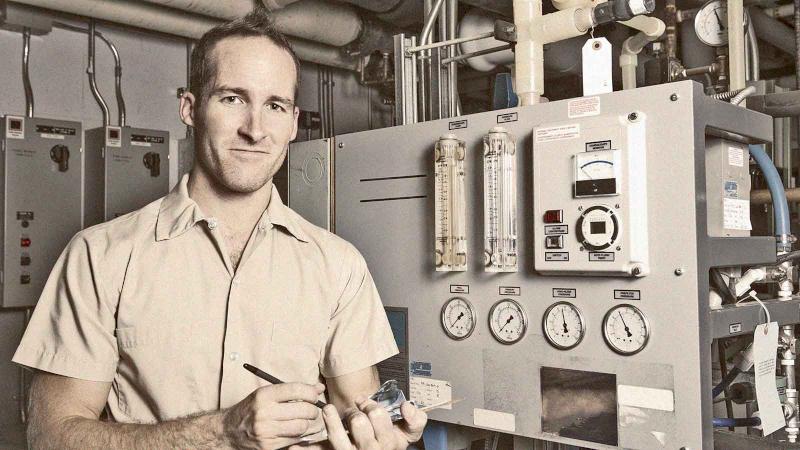
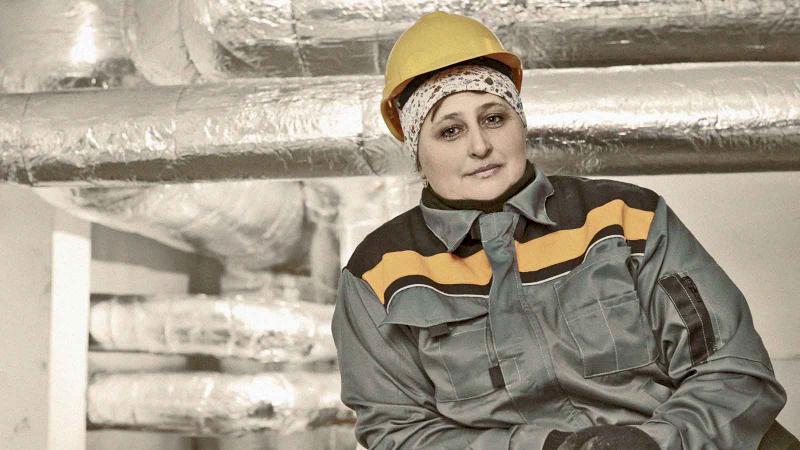
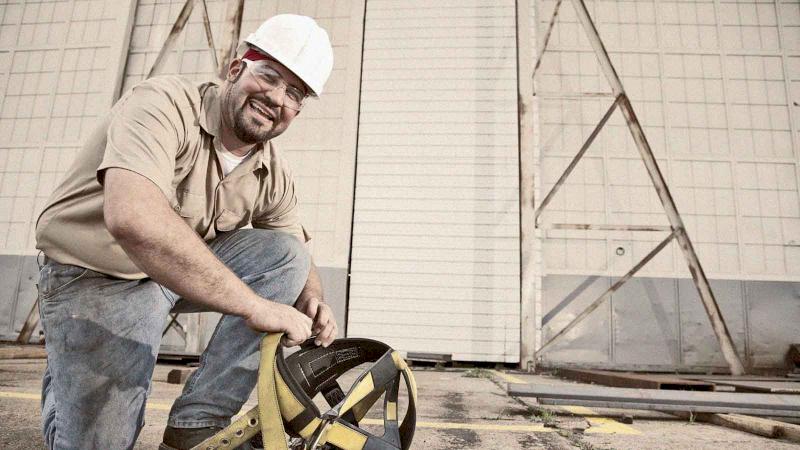
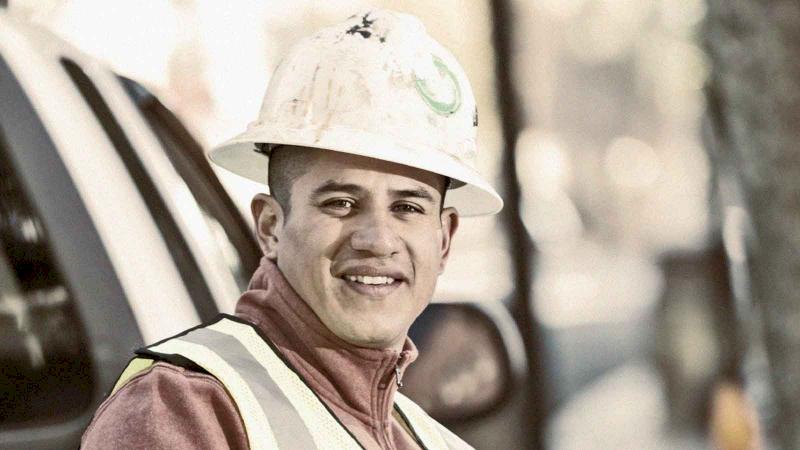




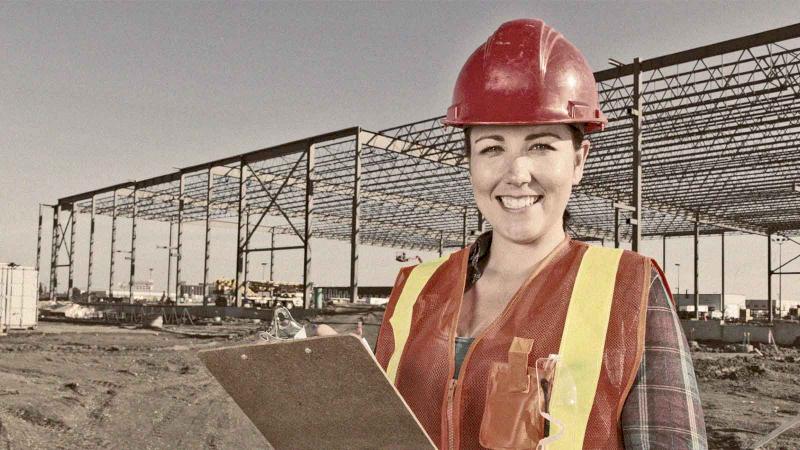
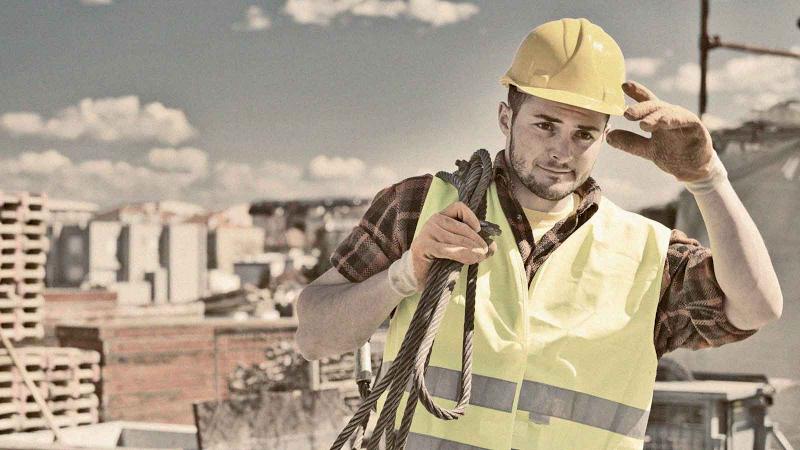

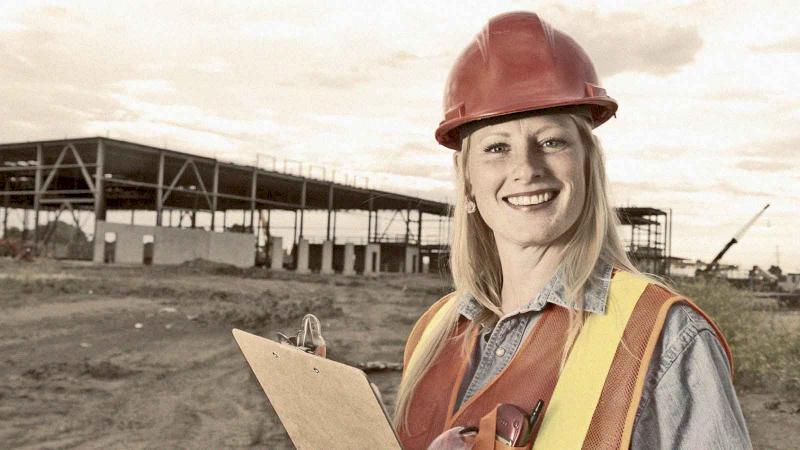
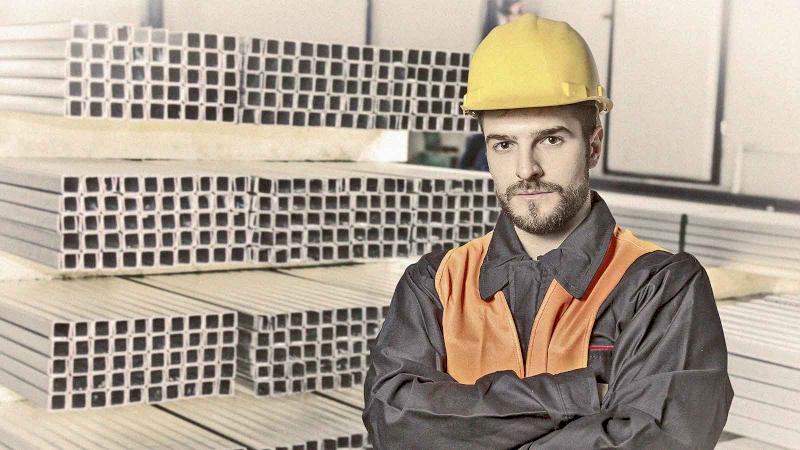
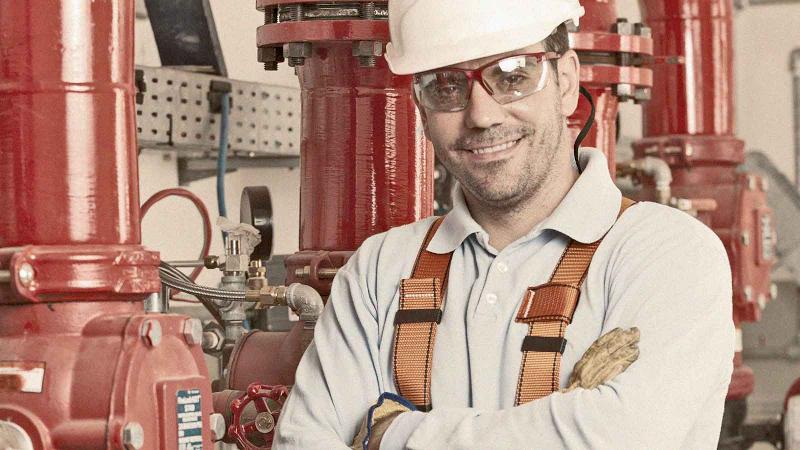

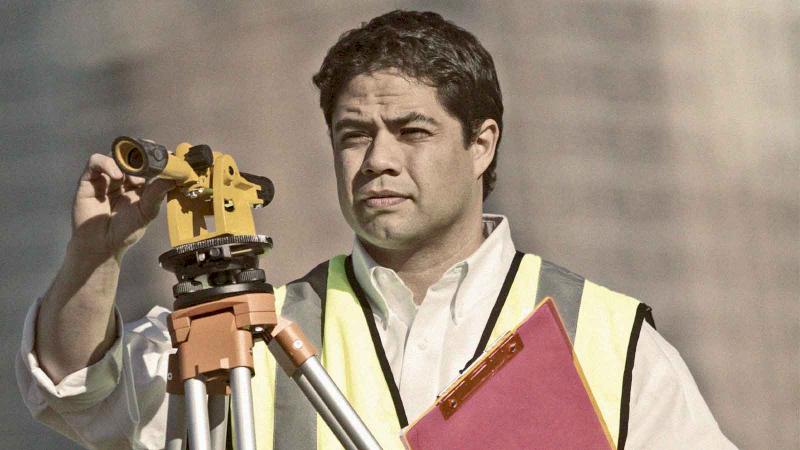
In 2015, skilled trades topped the hardest to fill jobs list for the 6th consecutive year.
The average college debt per graduating senior has risen every year for 25 consecutive years.
The average construction apprentice program graduate has a starting income that is 9% higher than the average starting income of a bachelor’s degree recipient.

A successful career in construction can come together in many different ways. This career path flow chart certainly doesn’t list every option or path, but it is meant to give you guidelines for what you might expect for the path you choose to pursue.
Entering the construction workforce immediately after high school is a path that many have chosen. It can be a great way to learn about the industry and bring a new perspective to the professions that you may consider for a career. With this path, you can get hands-on experience and develop your skills while avoiding the potential financial burden of college debt.
Taking construction-related classes at a technical school or community college is another great way to learn about the industry. Whether your plans after school involve entering the workforce or applying for a construction apprentice program, these classes and connections can be a valuable resource.
“Earn while you learn” is a very popular and accurate depiction of a construction apprentice. Several trades have opportunities available that allow you to combine classroom learning with on-the-job training. Many people see this as a great way to get educated and advance quickly in their chosen profession.
Enrolling in a four-year university is a fantastic way to enter the industry, and depending on the university, there are a variety of programs from which to choose. Most curriculums are focused on construction engineering and construction management, but there are also opportunities in the field of construction for those pursuing a more business-centric degree like finance, accounting or marketing.
Please let us know how we can help you by submitting the form below or giving us a call at 515-288-8904.
We will pass on your request to the appropriate people and be in touch with you as soon as possible.
If you need further assistance, please call us at: 515-288-8904.
Thank You.